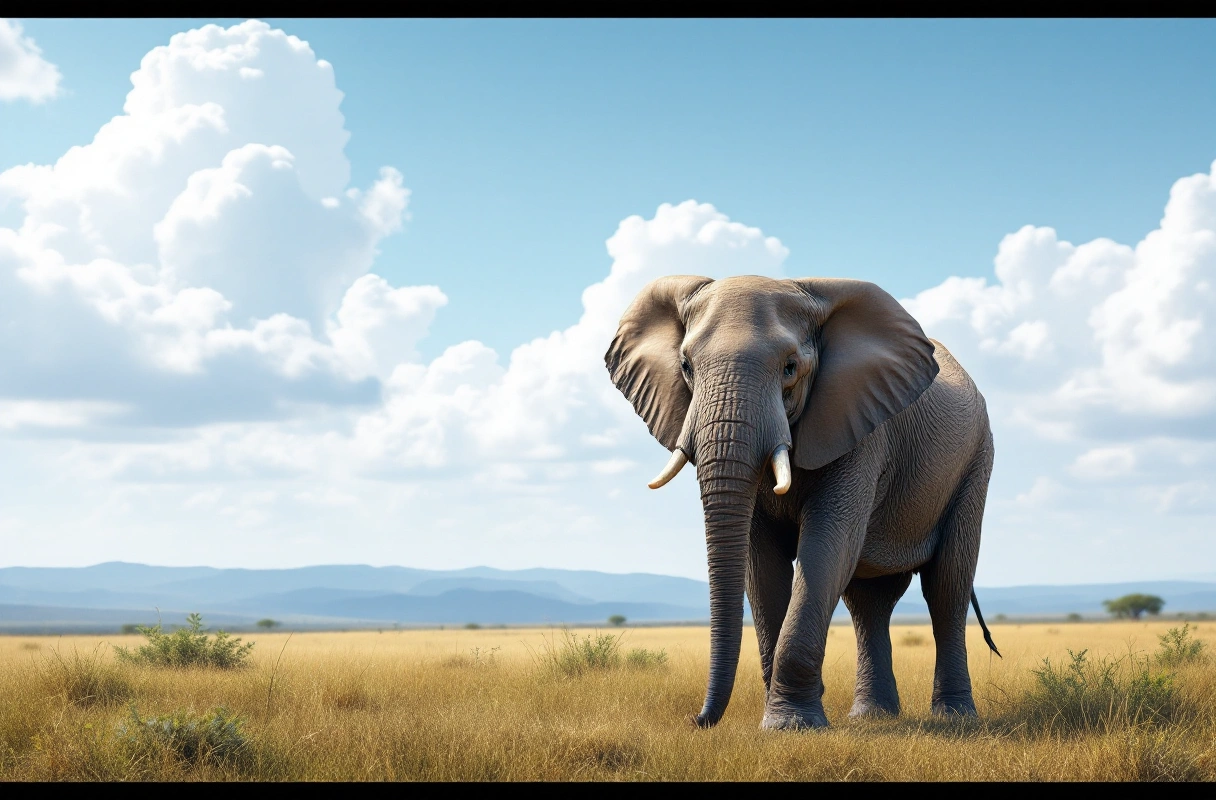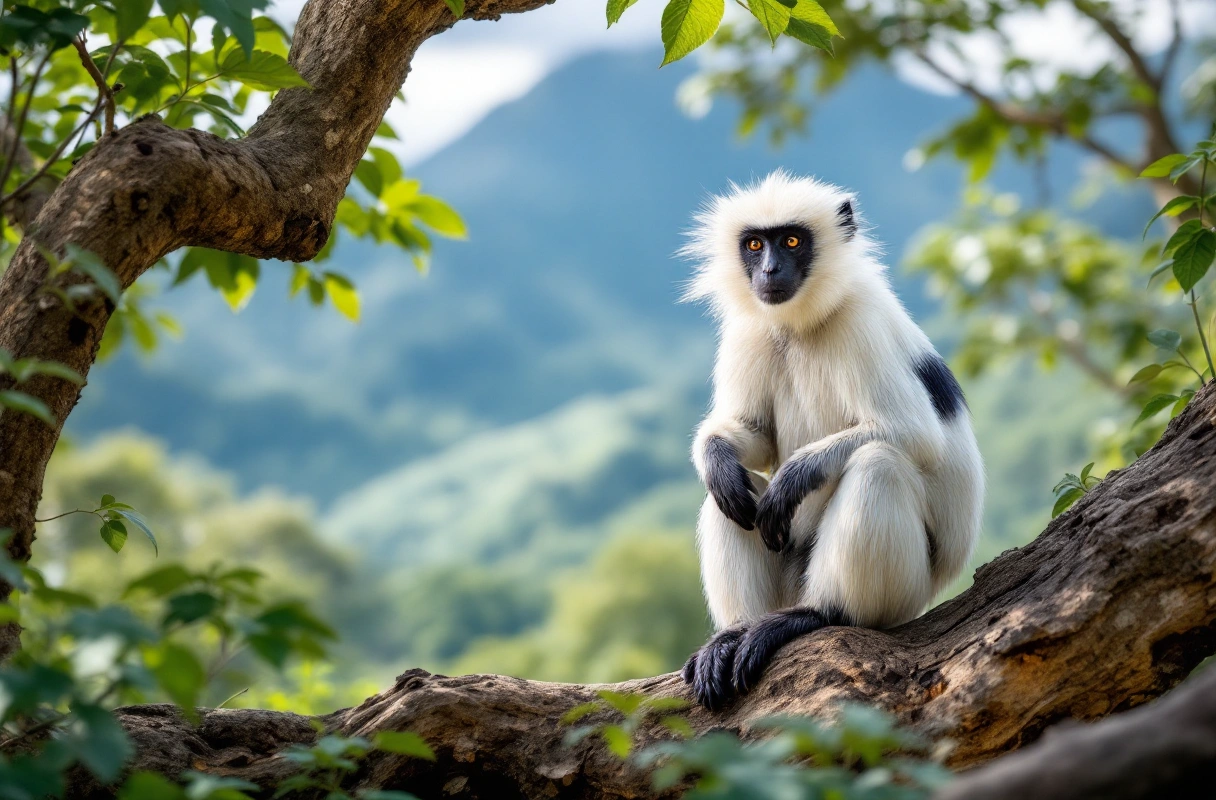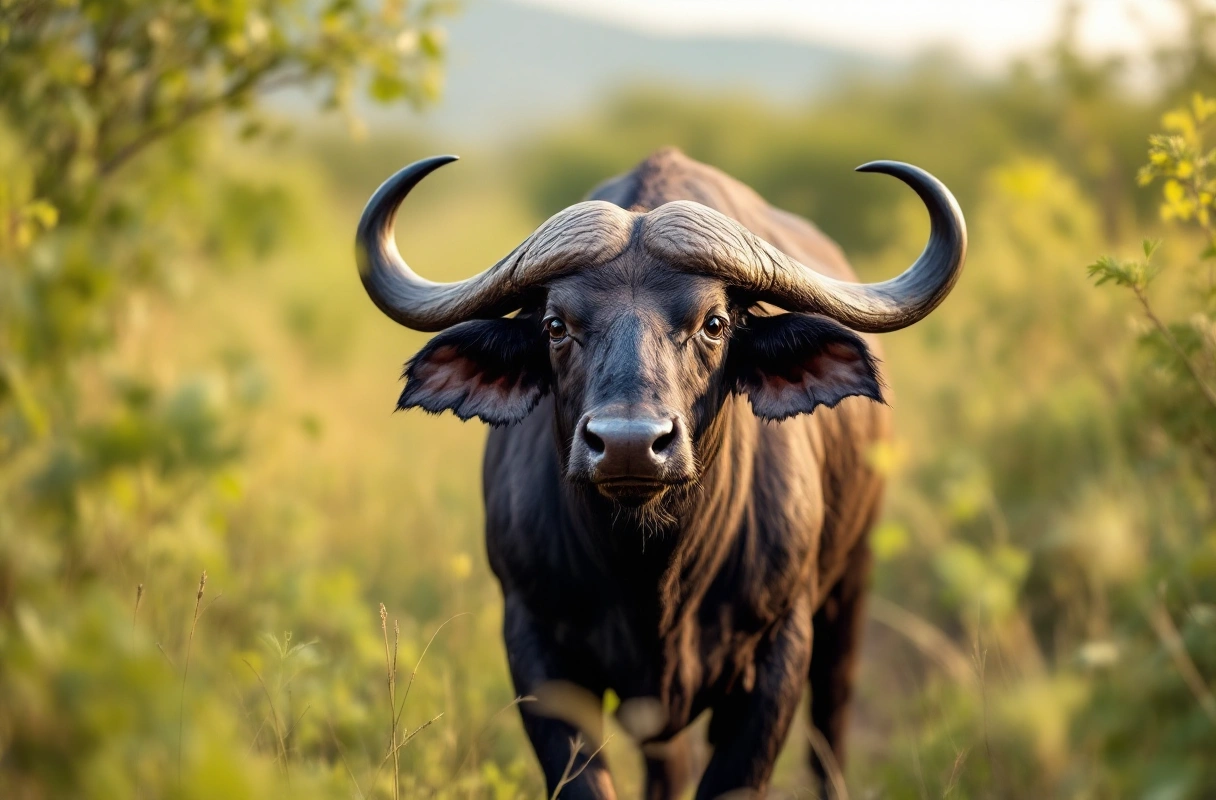
Climbing Mount Kilimanjaro is not only an adventure of a lifetime but also an incredible opportunity for wildlife photography enthusiasts to capture the stunning beauty of African animals in their natural habitat. The diverse ecosystems surrounding Kilimanjaro, ranging from lush rainforests to alpine deserts, are home to an array of wildlife that offers unique photographic opportunities. Understanding the key species to look for can enhance your experience and ensure you don’t miss out on the breathtaking moments that await you.
In this article, we will explore the top ten African animals you must see while climbing Kilimanjaro. Each animal has its own unique charm and significance, making them a critical part of your wildlife photography journey. From the iconic elephants to the elusive leopards, these animals not only enrich the Kilimanjaro experience but also serve as a reminder of the incredible biodiversity that Africa has to offer.

The African elephant, the largest land mammal, is a majestic sight to behold. With their distinctive large ears and long trunks, they are a symbol of strength and wisdom in African culture. While climbing Kilimanjaro, you may encounter these gentle giants in the lower rainforest regions. Their presence is not only visually stunning but also offers a rich subject for wildlife photography.
African elephants thrive in various habitats, from savannas to forests. On the slopes of Kilimanjaro, they can often be found foraging for food in the dense vegetation. Their social structure is fascinating; they live in matriarchal herds, led by the oldest female. Observing their interactions can provide insight into their complex social behavior, making them an engaging subject for photographers.
When photographing African elephants, patience is key. Use a zoom lens to capture their features without disturbing them. Early morning or late afternoon light provides soft illumination, enhancing the textures of their skin. Focus on capturing their interactions within the herd to tell a story through your images.

The Kilimanjaro colobus monkey is an endemic species that can only be found in the montane forests of Kilimanjaro. With their striking black and white fur and long tails, they are not only photogenic but also playful. Spotting these monkeys is a delight, as they often swing through the trees with agility.
These monkeys prefer the upper forest zones, where they feed on leaves and fruits. They are social animals, often found in groups, which makes for dynamic photography opportunities. Their acrobatic movements and vocalizations add to their charm, providing a lively subject for wildlife enthusiasts.
To capture the Kilimanjaro colobus monkeys in action, consider using a fast shutter speed to freeze their movements. Look for them during their active hours in the early morning or late afternoon when they are most lively. Framing them against the lush green backdrop of the forest can create stunning compositions.

The African buffalo is a formidable animal known for its unpredictable nature. Often found in herds, these large mammals have a powerful presence and are considered one of the "Big Five" in Africa. Encountering them while climbing Kilimanjaro adds an element of excitement to your journey.
Buffalo are typically found in grasslands and woodland areas, where they graze on grasses and shrubs. Their social structure is fascinating, as they form strong bonds within their herds. Observing their interactions can lead to some compelling photographic moments, especially during the breeding season when males display their strength.
When photographing African buffalo, maintain a safe distance while capturing their imposing stature. Use a wide-angle lens to emphasize their size in relation to the landscape. Focus on their expressions and interactions to convey their robust nature and social dynamics.
The bushbuck is a medium-sized antelope that thrives in the dense forests of Kilimanjaro. Known for their agility and shy nature, bushbucks are often difficult to spot, making any sighting a special occasion for wildlife photographers.
Bushbucks prefer thick bush and forested areas, where they can hide from predators. They are primarily nocturnal, making dawn and dusk the best times to observe them. Their solitary nature means that patience is essential, as they may take time to emerge from the underbrush.
To photograph bushbucks effectively, use a long lens to capture them from a distance without alarming them. Focus on their graceful movements and the intricate patterns on their coats. Soft, diffused light during the early morning or late afternoon can enhance the quality of your images.
The blue monkey, characterized by its blue-grey fur and white facial markings, is another fascinating primate found in the forests of Kilimanjaro. These monkeys are often seen foraging in trees, and their playful nature makes them a delightful subject for photography.
Blue monkeys inhabit the forested areas of Kilimanjaro, where they feed on fruits, leaves, and insects. They are social animals that live in troops, which can provide dynamic photographic opportunities. Observing their interactions and behaviors can lead to unique shots that showcase their personalities.
When photographing blue monkeys, focus on capturing their expressions and social interactions. Using a fast shutter speed will help freeze their playful movements. Look for opportunities to photograph them in natural light, as the forest canopy can create beautiful dappled lighting effects.
The leopard is one of Africa's most elusive and graceful big cats. Known for their beautiful rosettes and stealthy behavior, leopards are often a highlight for wildlife photographers. Although they are challenging to spot, the thrill of encountering one makes it all worthwhile.
Leopards are adaptable animals that can be found in a variety of habitats, including forests and grasslands. They are primarily nocturnal hunters, using their keen senses to stalk prey. Their solitary nature adds to their mystique, making any sighting a remarkable event.
To photograph leopards, patience is crucial. Look for signs of their presence, such as tracks or markings on trees. Use a telephoto lens to capture them from a safe distance, and consider shooting during the golden hour for the best lighting. Focus on their unique patterns and expressions to create captivating images.
Sykes' monkeys are another delightful primate species found on the slopes of Kilimanjaro. These monkeys are known for their distinctive facial features and lively behavior. They often travel in groups, making them a lively subject for wildlife photography.
Sykes' monkeys inhabit the forested areas of Kilimanjaro, where they feed on fruits, leaves, and insects. Their social structure is fascinating, as they display complex social behaviors and vocalizations. Observing them can provide insight into their daily activities, offering numerous opportunities for photographers.
To capture Sykes' monkeys effectively, focus on their interactions within the group. Use a fast shutter speed to freeze their movements as they jump between branches. Look for unique angles and compositions that highlight their playful nature against the forest backdrop.
The giant ground pangolin is one of Africa's most unique and elusive creatures. Known for their protective keratin scales, pangolins are nocturnal and often difficult to spot, making any encounter a special occasion for wildlife photographers.
Giant ground pangolins are typically found in savannah and forested areas, where they forage for ants and termites. Their solitary nature and elusive behavior make them challenging to observe, but their fascinating feeding habits and unique appearance make them a worthwhile subject.
When photographing pangolins, maintain a safe distance to avoid startling them. Use a long lens to capture their details without intruding. Look for opportunities to photograph them during their active hours at night, using low-light techniques to capture their unique behaviors.
The African grey parrot is known for its intelligence and striking grey plumage. While climbing Kilimanjaro, these birds can often be heard before they are seen, thanks to their loud calls. Their vibrant personalities make them a captivating subject for wildlife photographers.
African grey parrots inhabit the forested areas of Kilimanjaro, where they feed on fruits, nuts, and seeds. They are social birds that often travel in flocks, providing opportunities for dynamic photography. Their ability to mimic sounds and engage in social interactions adds depth to their character.
To photograph African grey parrots, focus on capturing their expressions and interactions within the flock. Use a fast shutter speed to freeze their movements in flight. Early morning light can enhance the colors of their plumage, creating stunning images.
The bush duiker is a small antelope that thrives in the dense underbrush of Kilimanjaro's forests. Their shy nature and small size make them less commonly seen, but they are a delightful find for wildlife photographers.
Bush duikers prefer thick bush and forested areas, where they can hide from predators. They are primarily nocturnal and crepuscular, making dawn and dusk the best times to observe them. Their solitary nature means that patience is key when trying to spot these elusive animals.
To photograph bush duikers effectively, use a long lens to capture them from a distance. Look for opportunities to photograph them in natural light, as this can enhance the mood of your images. Focus on their delicate features and interactions with the environment to create compelling photographs.
As you embark on your journey to climb Mount Kilimanjaro, the opportunity to observe and photograph these remarkable African animals will undoubtedly enhance your experience. Each species offers a unique glimpse into the rich biodiversity of the region, reminding us of the importance of conservation and appreciation for wildlife.
At Banana Slug Club, we are passionate about connecting nature enthusiasts, students, and children with the wonders of the natural world. Our resources can help you dive deeper into the fascinating lives of African animals and inspire a love for wildlife and conservation.
For more information on wildlife photography, tips for exploring nature, or to engage with our community, visit our website or contact us. Embrace the adventure of learning about African animals and let your curiosity lead the way!
Get free resources, early access to new features and updates.
No spam. Just fun educational emails!